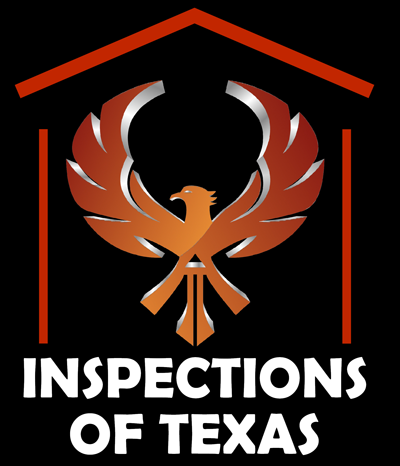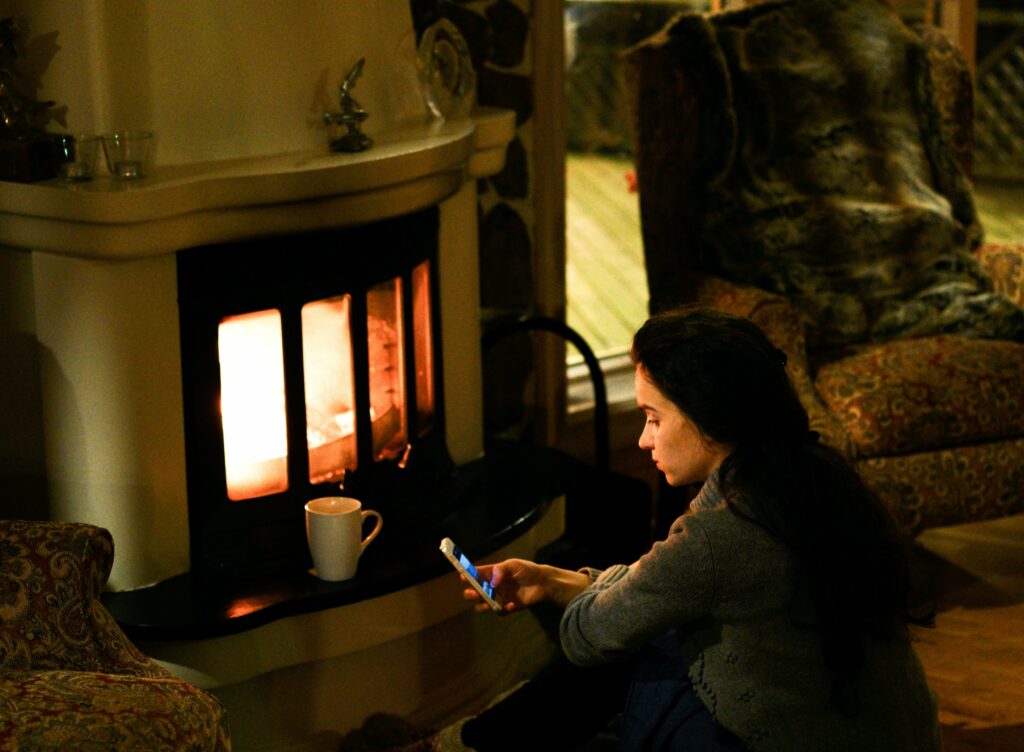While most of us love the inviting atmosphere of a fireplace, lighting it could put you and your loved ones in danger. There are 3 things you should do first.
1. Seal Firebox Cracks.
The firebox is the area where all the magic happens in a fireplace. It is the area with the most intense heat. Firebox inserts must withstand up to 2100 degrees. With all the repeated heating and cooling, the mortar between the bricks can crack. The bricks themselves can also crack. Once gaps form in the firebox, they are dangerous and should not be used until they are repaired. Toxic gases can escape into the cracks and harm your loved ones.
2. Clean Creosote Buildup.
The accumulation of creosote is dangerous. Creosote is that crusty and flaky, black or brown substance. It can be tar-like and sticky or shiny and hardened in the firebox area. Either way, it is highly combustible and can cause the entire structure to catch fire. Creosote is more likely to build up if unseasoned wood is burned or the air supply is restricted. Annual inspections and cleaning are recommended to keep the flue safe.
3. Open the Damper.
Remember to open the damper to the flu in the chimney for gas or wood burning fireplaces. If you don’t, the smoke will back up into the house. More importantly, the open damper allows dangerous gas by-products to pass outside safely. Gas fireplaces should have a clamp on the damper that prevents it from being closed completely or have slits immediately below that allow air flow for gases to exit in case an owner forgets. It’s not enough to properly exhaust the fumes, but its purpose is to mitigate the danger. Keep the damper closed (with the clamp) the rest of the time to save on energy bills.
Call a professional certified chimney sweep if you see firebox cracks or creosote buildup. They can repair and clean it for you. Then you can relax and enjoy the warmth of a real fireplace!
*Photo by ArtHouse Studio: https://www.pexels.com/photo/woman-with-cellphone-by-fireplace-4641208/

